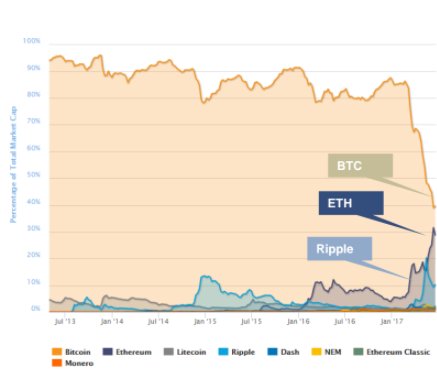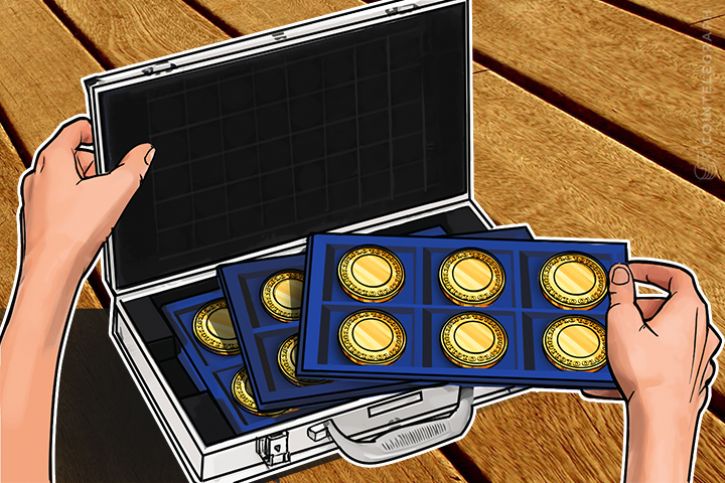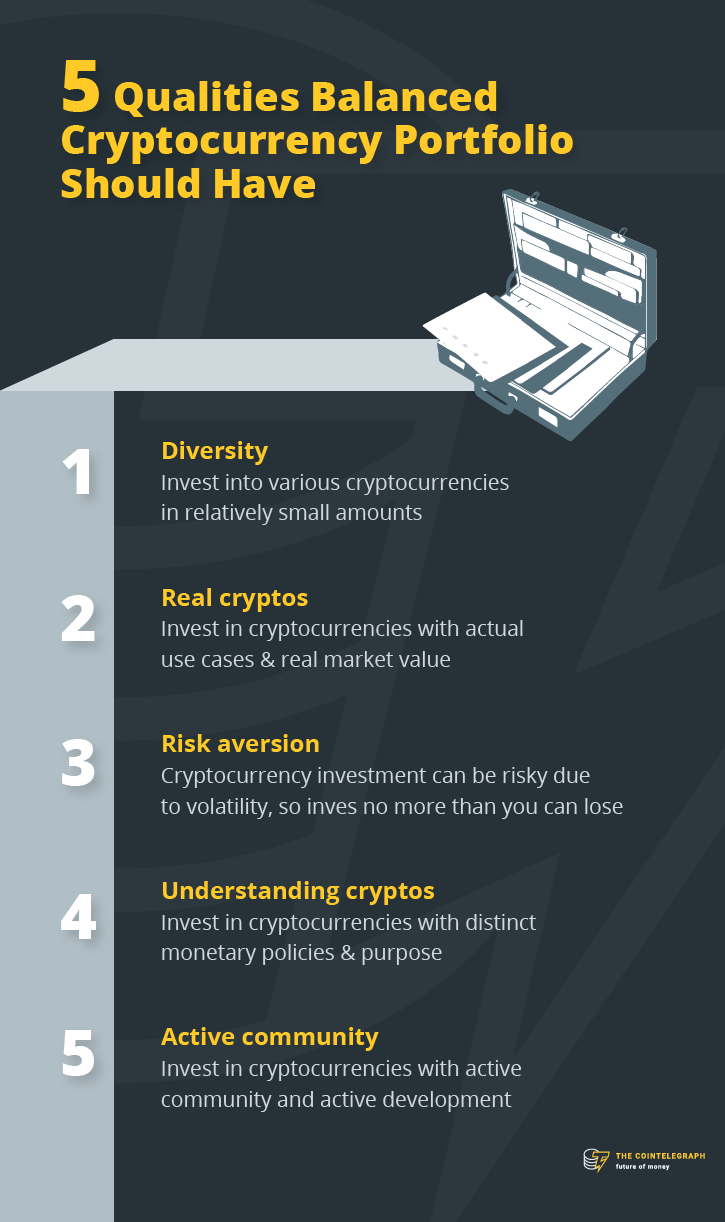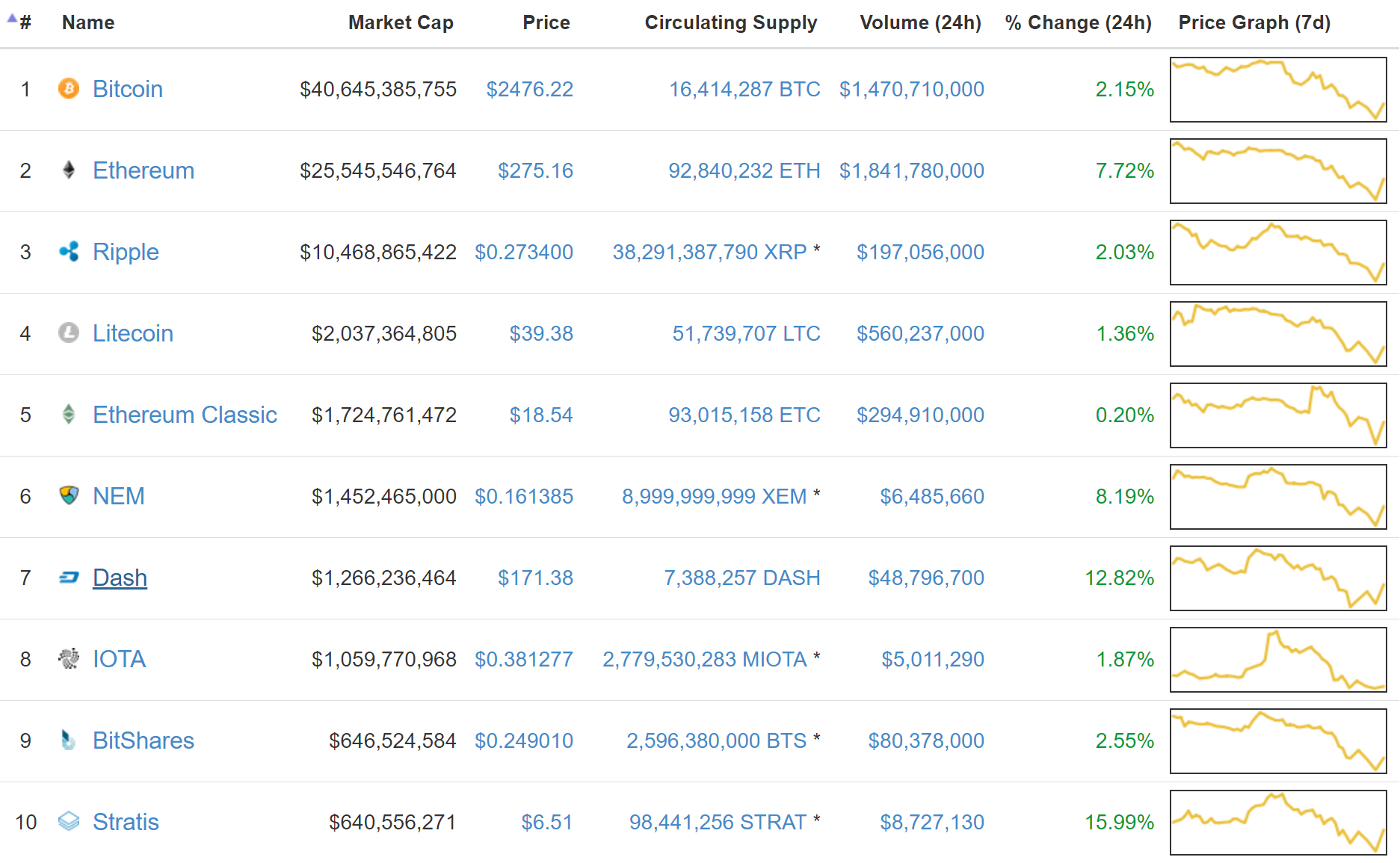
Top Vietnamese Bank in Partnership With RippleNet
Vietnamese bank TPBank has confirmed its partnership with RippleNet.
Lately, Ripple has been making major steps to improve the global financial infrastructure, as evidenced by its collaboration with Asia-based SBI Holdings, which resulted in SBI Ripple Asia—a branch of SBI Holdings.RippleNet focuses on faster transactions using DLT and the technology could be finding its way into Vietnam if the recent reports are anything to go by. As earlier reported by MSN News, RippleNet is already in association with the Vietnam-based TP Bank, which is currently utilizing its blockchain technology.
Enhancing Cross-border Transactions
TP Bank had previously stated its collaboration with SBI Holdings in order to use blockchain technology to enhance cross-border payments. In an interview with Vietnam Insider, TP Bank CEO Nguyen Hung said: “TP Bank is also working with SBI on applying blockchain to international transactions. With its flexible, transparent, and decentralized nature, blockchain has the potential to greatly improve transaction networks and ensure instant transactions despite geographical distance.”
SBI Ripple Asia serves a conglomeration of Asian banks using the technology to facilitate improved financial infrastructure. RippleNet comes handy as it provides a globally accepted payment network that utilizes XRP. In Vietnam, TP Bank was the first bank to successfully apply for national money transfers. With the Ripple partnership, TP Bank could become the first bank in Vietnam to conduct faster payments through RippleNet.
Vietnamese Bank Targeting Japanese Customers
Cross-border transactions in Vietnam are mainly aimed at Japanese clients. However, based on the reports, the service will be extended to South Korea after Japan. If the country chooses to use ODL, that would mean another milestone for XRP adoption. According to the latest performance and strategy report delivered by SBI Holdings, the institution showed a keen interest in using XRP to facilitate remittances from Japan to South-East Asia. In the new partnership, SBI Remit will utilize Ripple’s On-Demand Liquidity service, a step that will make XRP inch closer to its adoption and utilization. In its effort to eliminate pre-funding in the current correspondent banking network, Ripple believes that XRP provides the best solution for faster cross-border payments.
Article Produced By
Tony P.
https://theccpress.com/top-vietnamese-bank-in-partnership-with-ripplenet/
David https://markethive.com/david-ogden










